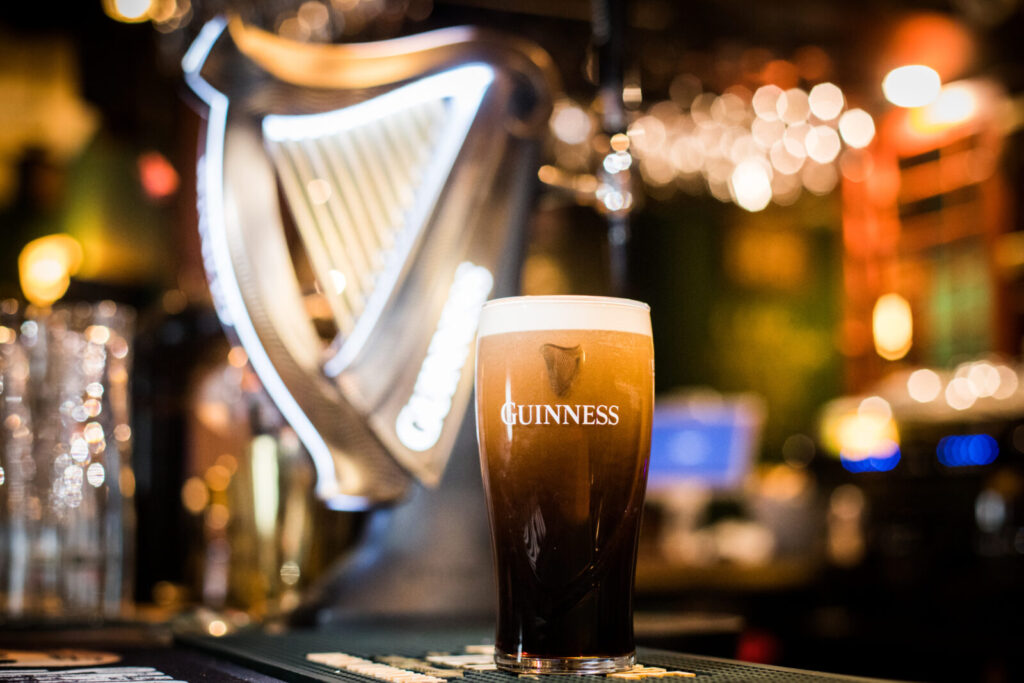Brief • 2 min Read

Recently, Ad Age and The Harris Poll launched a Gen Z Brand Tracker. The quarterly tracker uses QuestBrand data to rank the top 20 brands by brand equity growth across Gen Z adults (ages 18-24). Brand equity is an overall gauge of how consumers perceive a brand’s value based on four components: familiarity, quality, consideration, and momentum.
Hyundai ranked 17th on this quarter’s list with a 6.8% increase in brand equity (Q3: 37.2, Q4: 44.0). While no single factor can fully explain Hyundai’s boost in positive sentiment, part of the car manufacturer’s increase in popularity with Gen Z may be due to their creative advertising on the metaverse.
Metaverse advertising provides an immersive experience
When we look at the evolution of advertising, marketers have drifted from magazines to television and to social media, positioning their brands where consumers spend their time. Recently, brands have looked beyond these channels to capture younger consumers’ attention on advertisers’ newest space, the metaverse.
Gaining the attention of Gen Z’s social media natives isn’t easy. Gen Z has grown up in the digital space and surrounded by ads. Advertisers must break through the noise and make an impression on this demographic in new ways.
Unlike traditional advertising which only provides a visual component, advertising in the metaverse allows brands to develop an immersive, curated brand experience.
Do you want to learn more about marketing on the metaverse? Read our report, A Marketer’s Guide to the Metaverse Consumer, that explores six metaverse marketing consumer segments.
‘Hyundai Mobility Adventure’ aims to attract a younger consumer base
In October 2021, Hyundai launched the full version of their game ‘Hyundai Mobility Adventure’ on Roblox, a platform with 43.2 million daily users. Their efforts blur the lines between gaming and marketing, encouraging gamers to engage with their brand through play.
This immersive world allows users to drive Hyundai vehicles, race cars, role play in games, and interact with other users across five distinct “theme parks.” Watch this trailer for a taste of this digital world.
Through Hyundai Mobility Adventure, users interact with current and future Hyundai technology. This allows consumers to experience the brand’s emerging innovations before they are available for in-person viewing.
They hope that getting these predominantly younger consumers behind the virtual wheel of a Hyundai will translate into a physical purchase in the future.
A closer look at Hyundai’s consumer
Despite their increase in brand equity with Gen Z consumers, Hyundai still has a lot of opportunity for growth with this consumer base.
Looking at QuestBrand data from Q4 2021, Gen Z (11.6%) made up a small portion of Hyundai consumers (behind only the Silent Generation in size). Millennials (41.8%) made up the bulk of the car manufacturer’s consumers.
The percentage of Gen Z consumers did however increase from Q3 to Q4 (+3.5%). In Q3, Gen Z only made up 8.1% of Hyundai’s overall consumers.
(Base: Hyundai Users, 7/1/21-9/30/21 n=521, 10/1/21- 2/31/21 n=471)
Typically, car advertising is not expected to convert into an immediate purchase. An ad’s viewer may not be in the car market for months or even years after first experiencing an ad.
The car manufacturer’s goal is to continue to grow in a consumer’s estimation every time they interact with their brand, so when they eventually need a new vehicle, that brand will be top of mind.
As Hyundai continues to employ advertising tactics that target Gen Z, this long-term strategy aims to eventually materialize into an expanded Gen Z consumer base.
Subscribe for more Insights
Subscribe to our newsletter for the latest trends in business, politics, culture, and more.
Related Content









